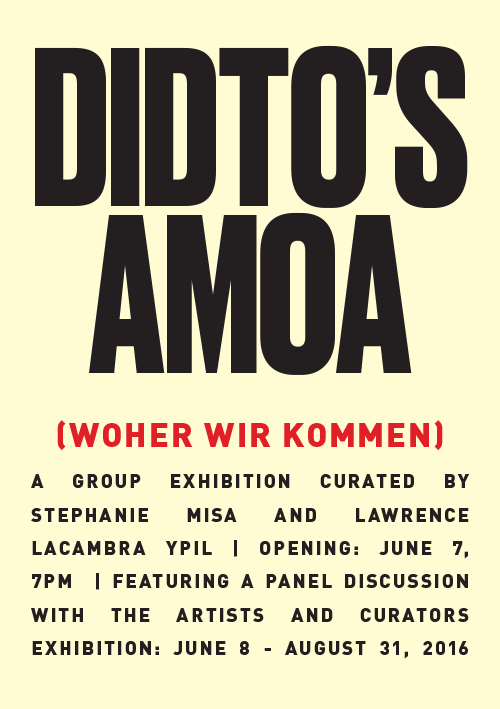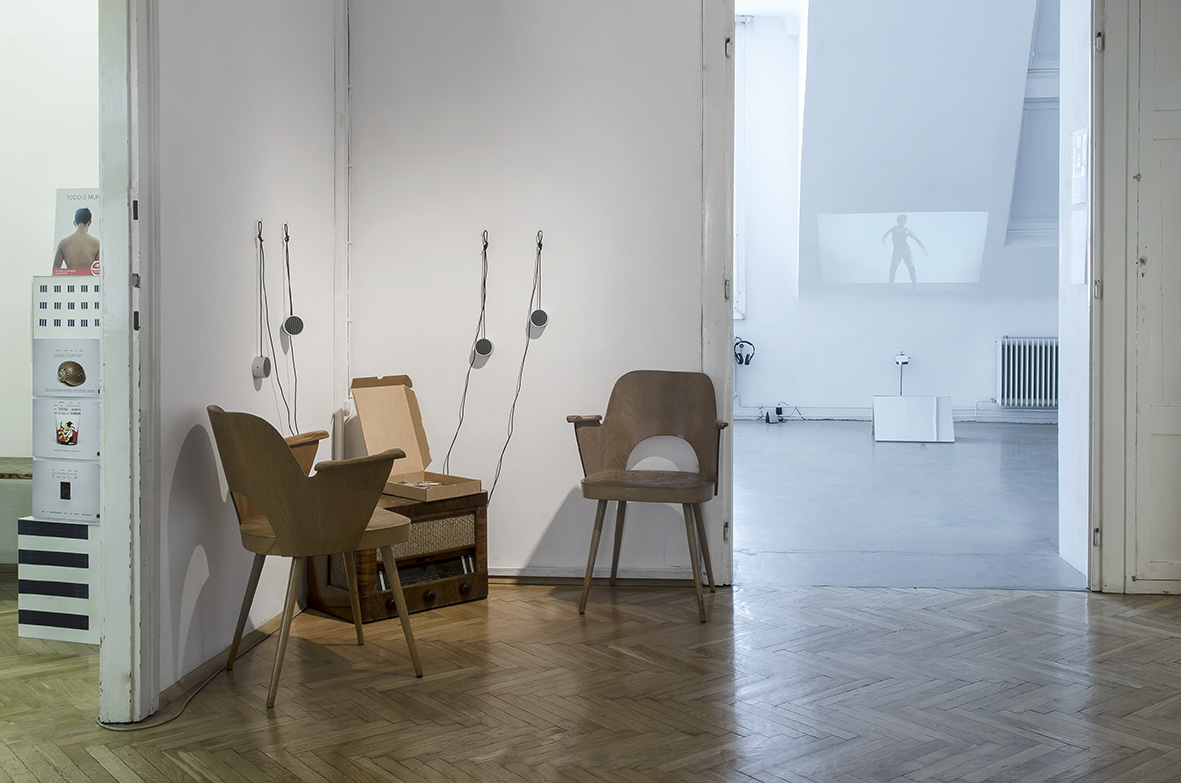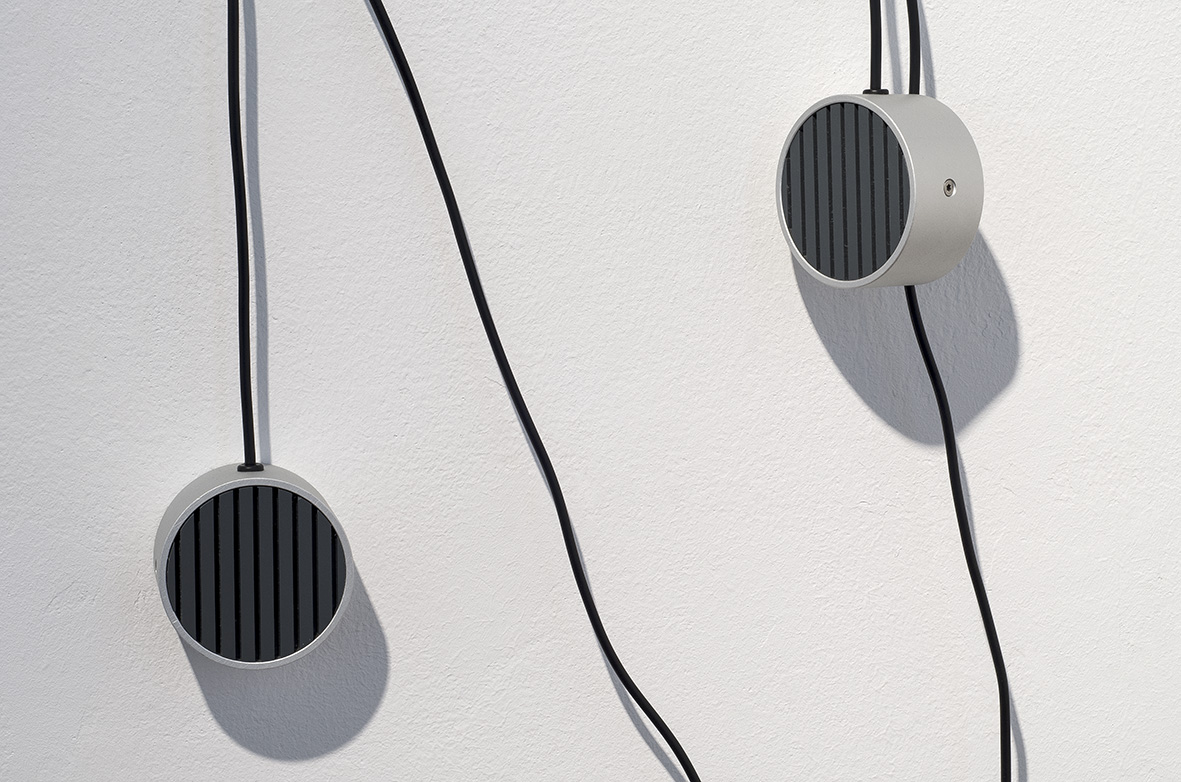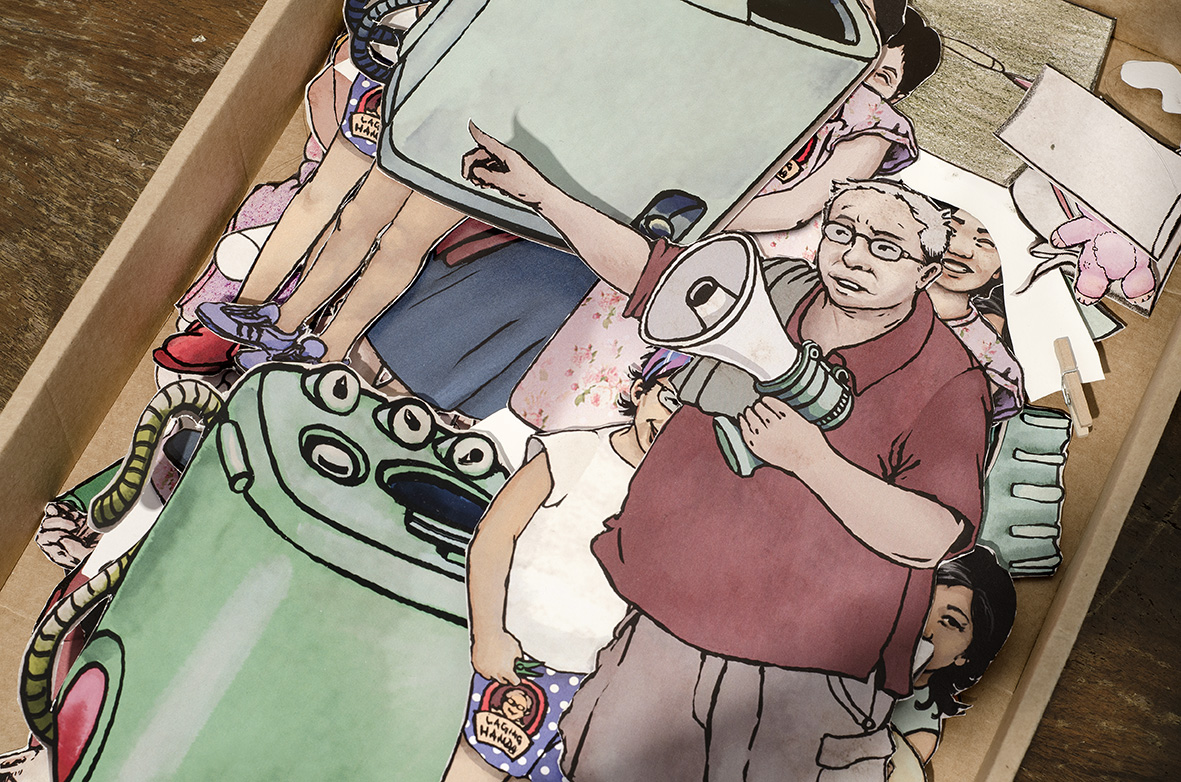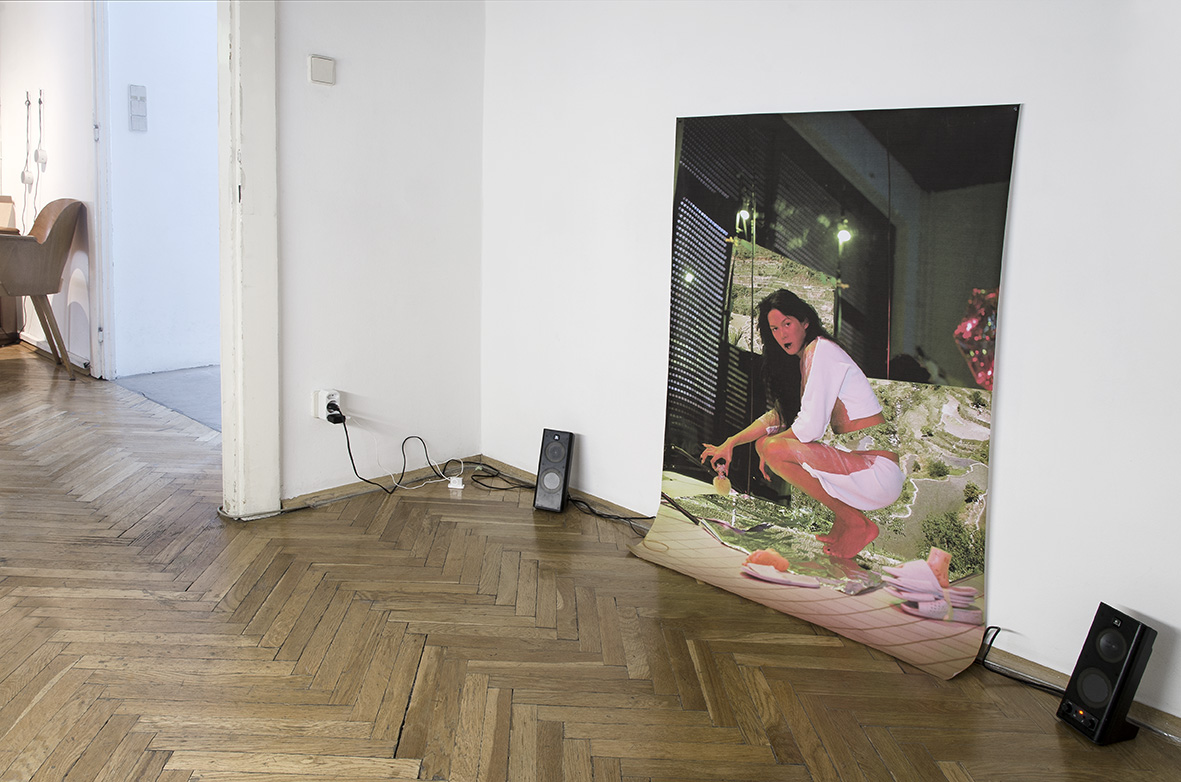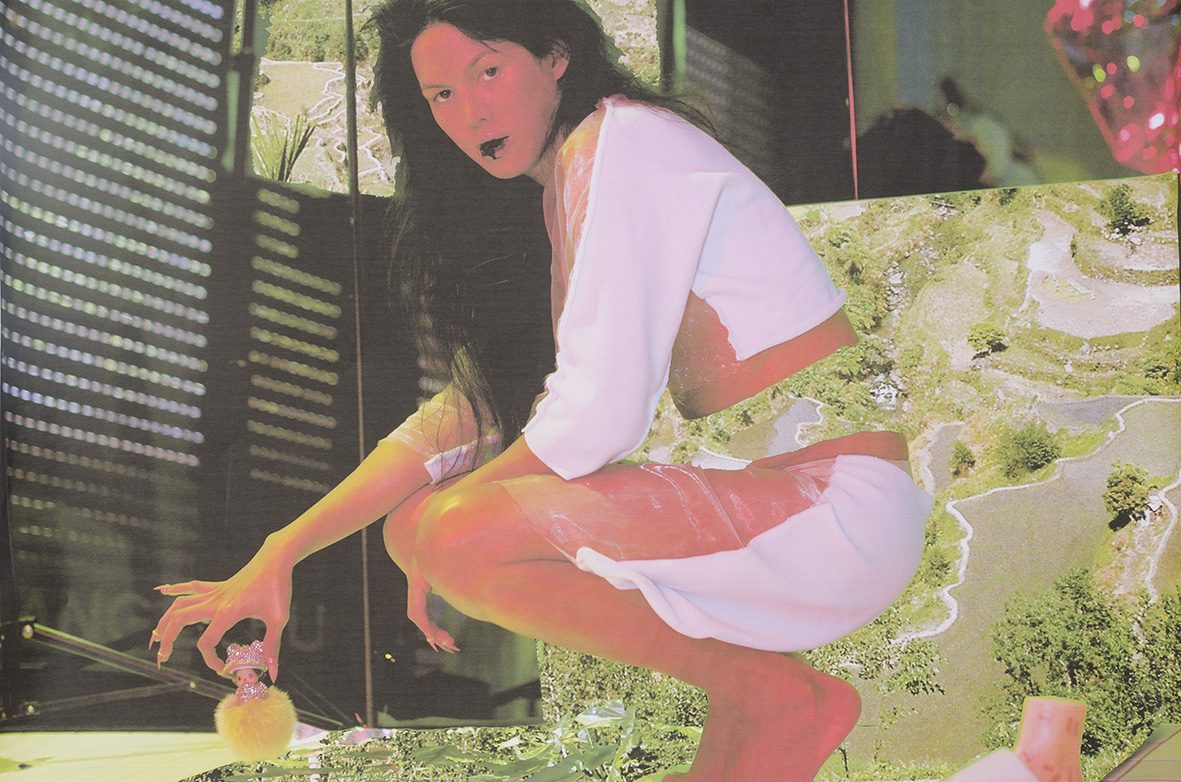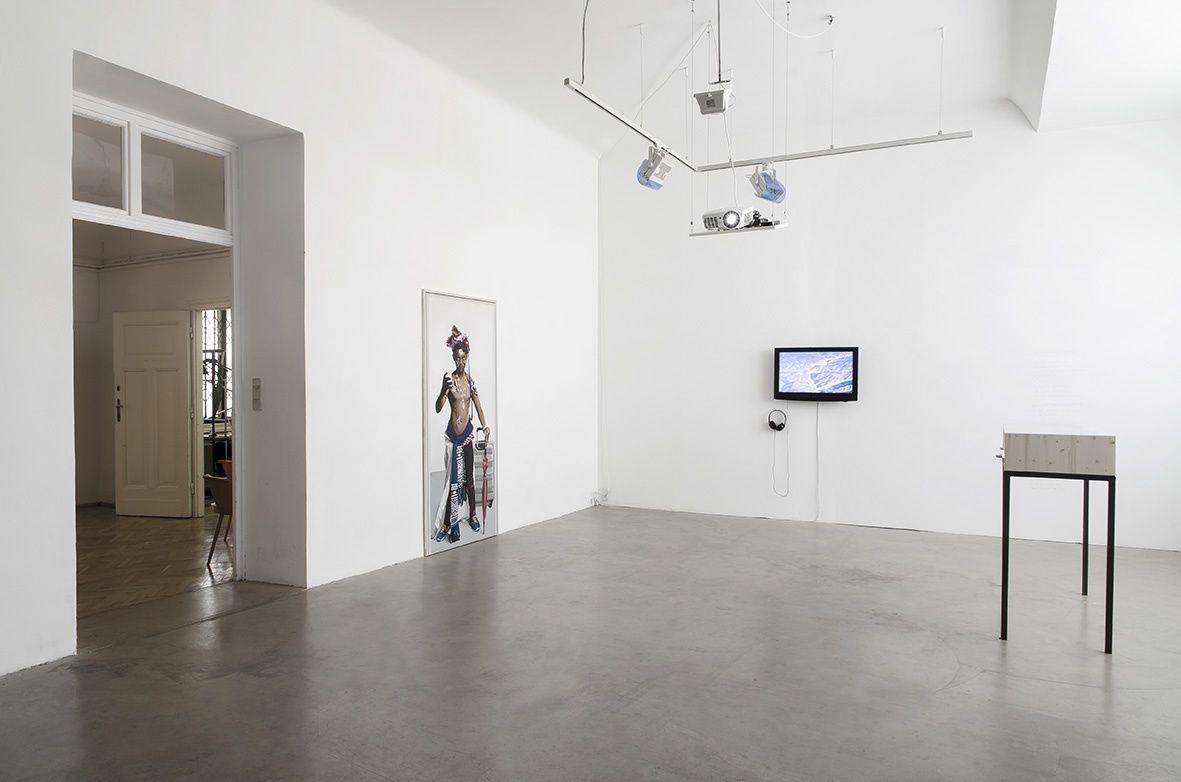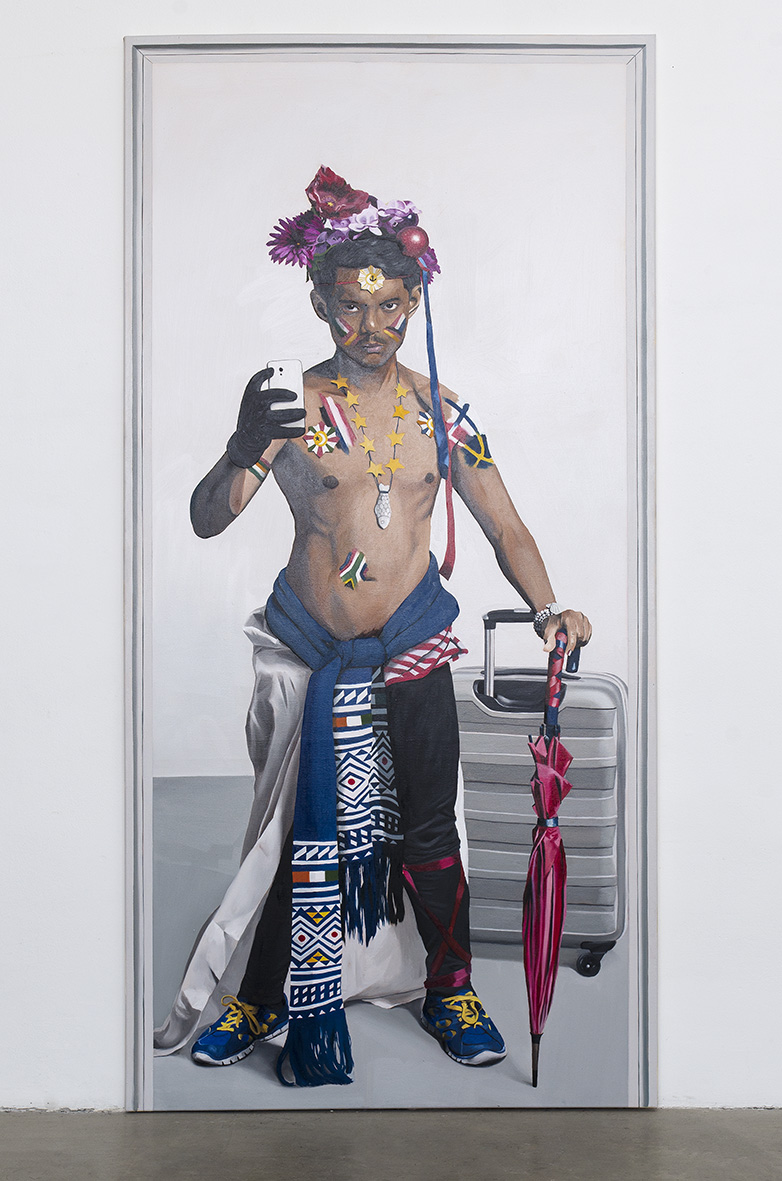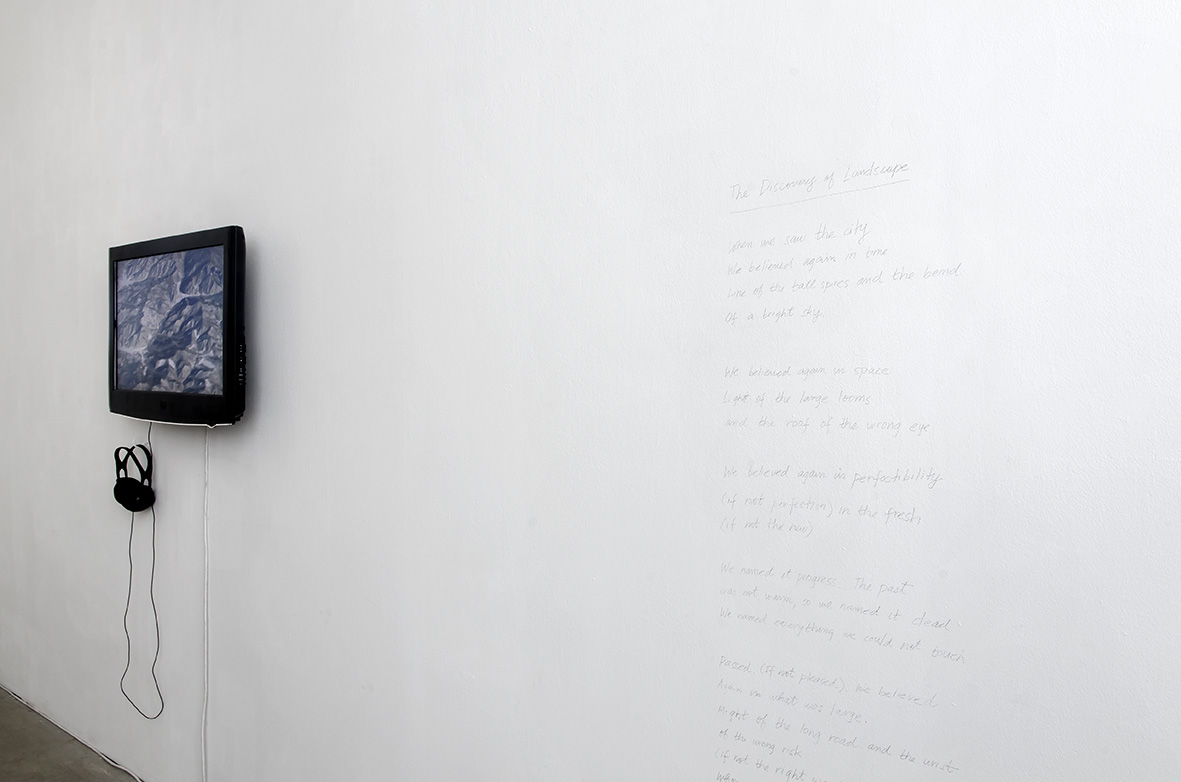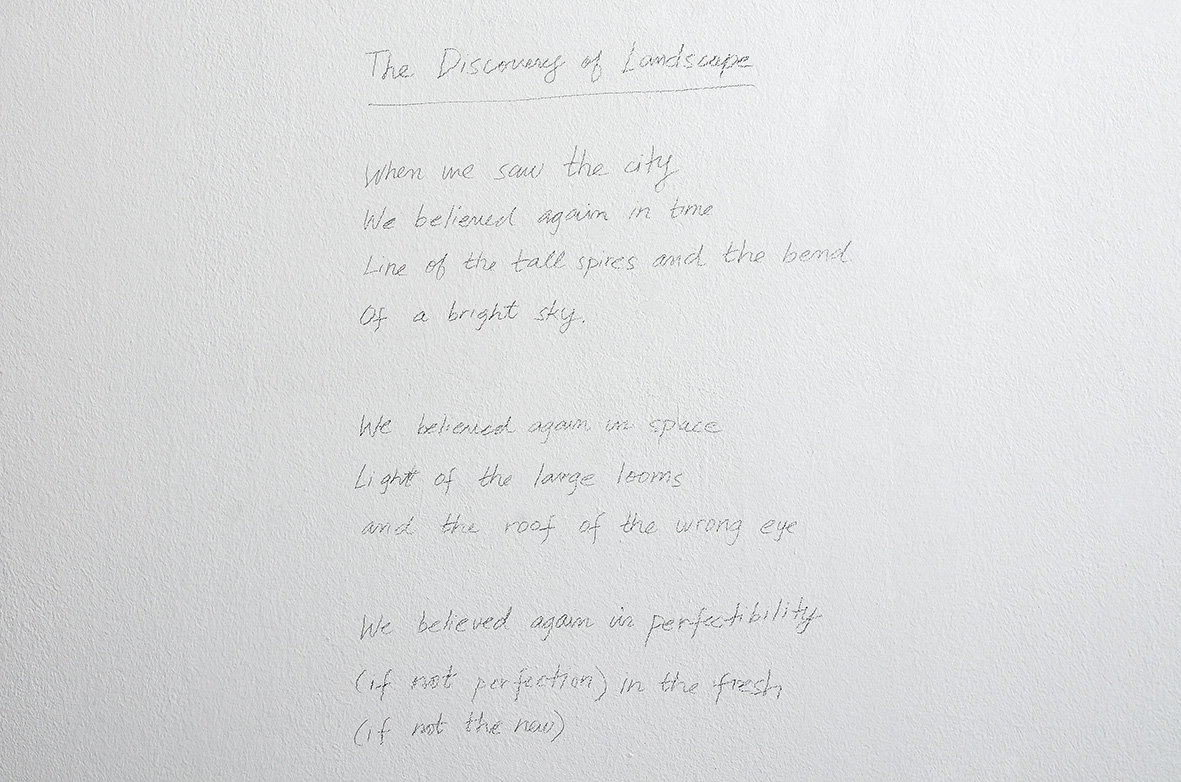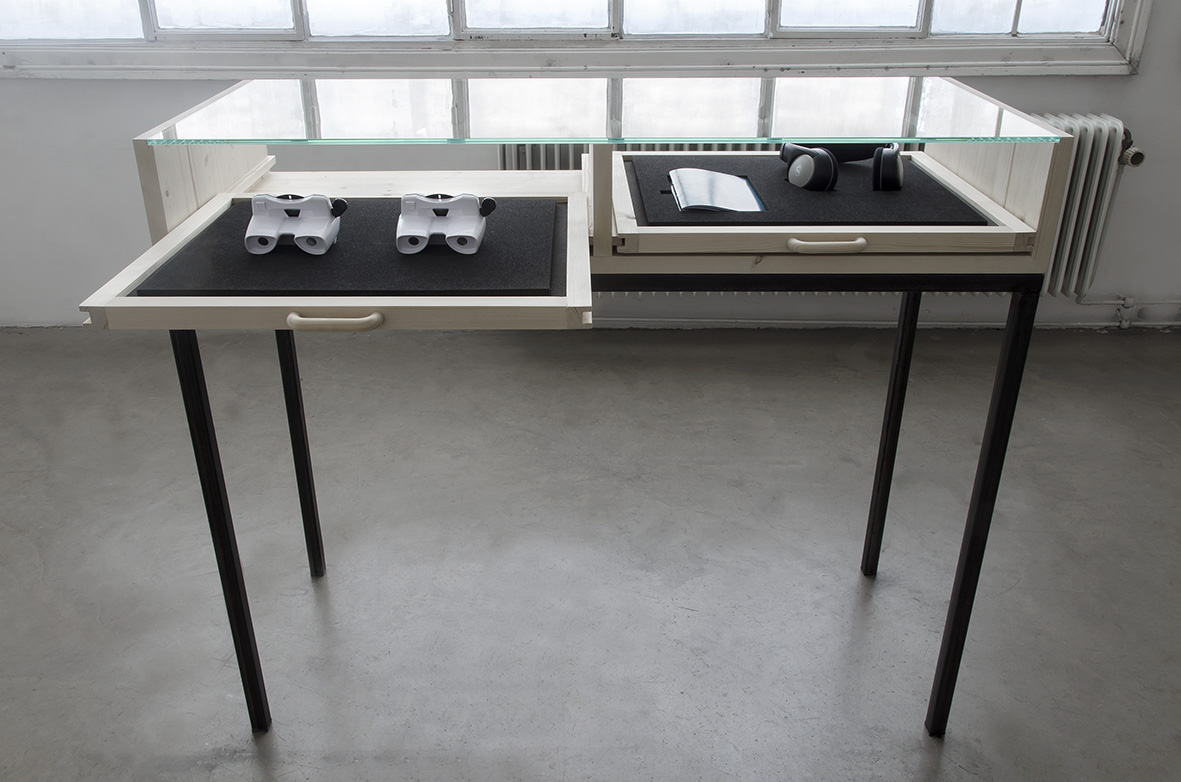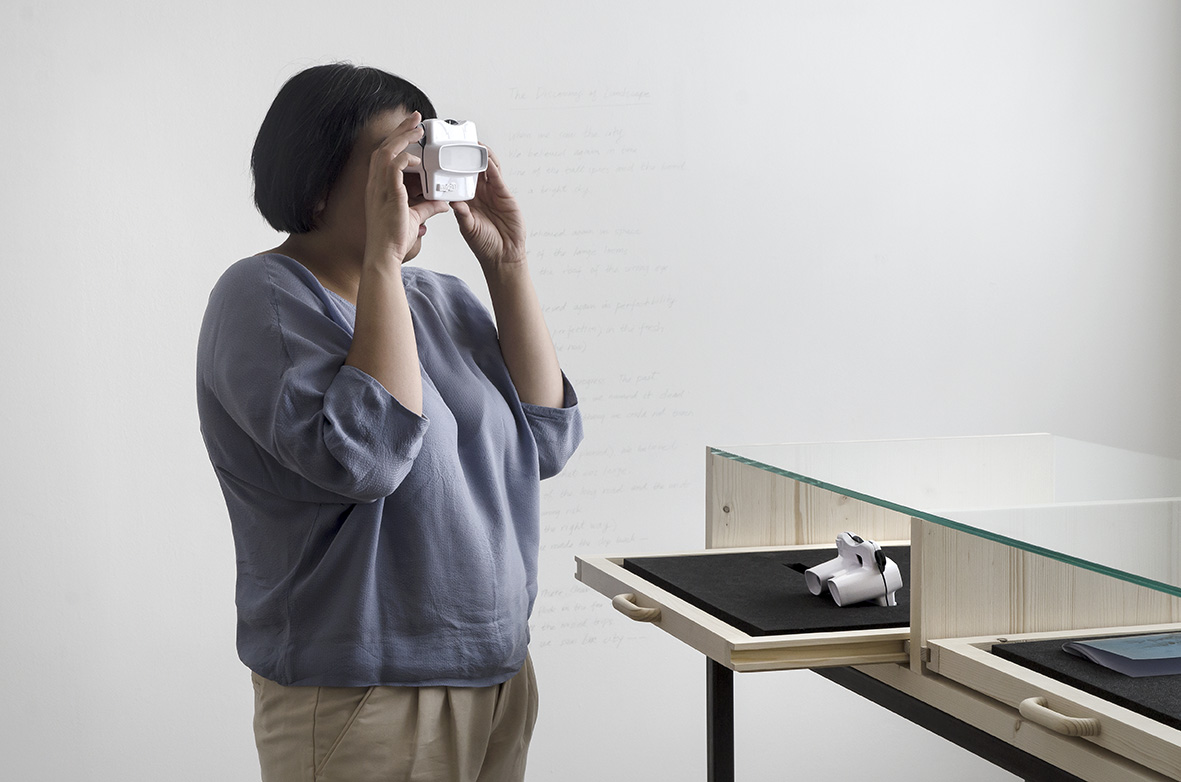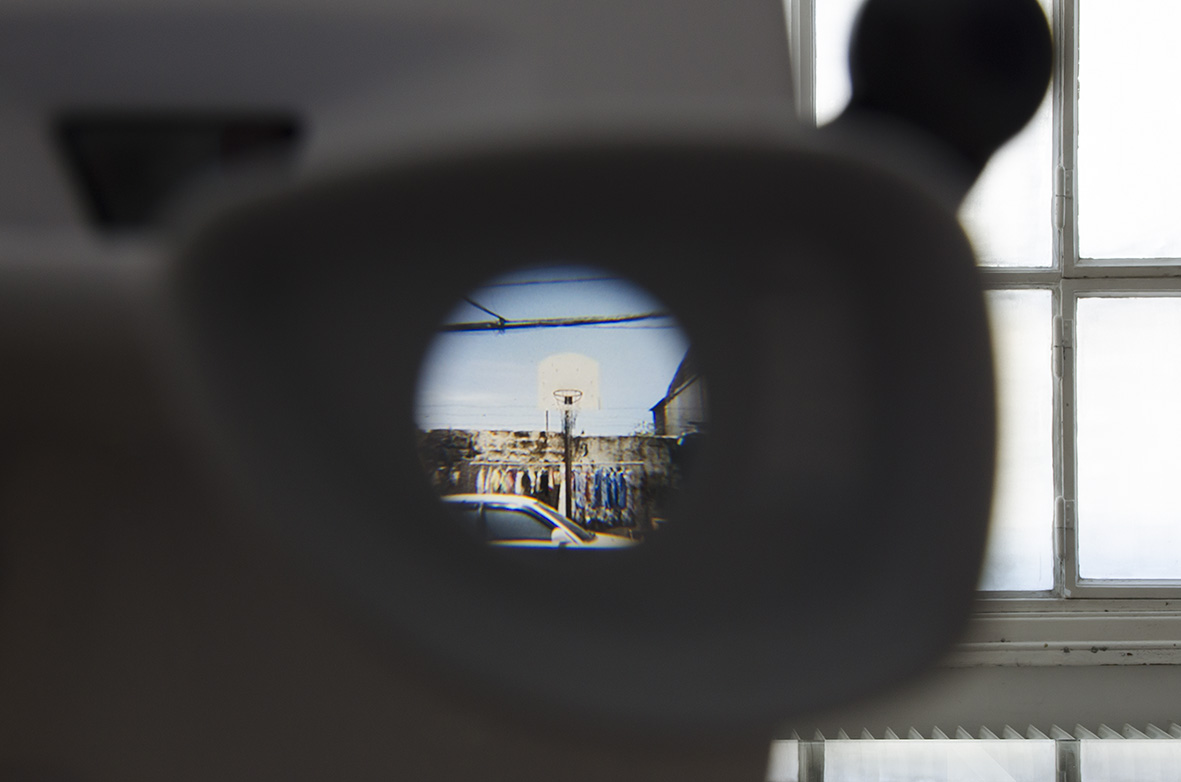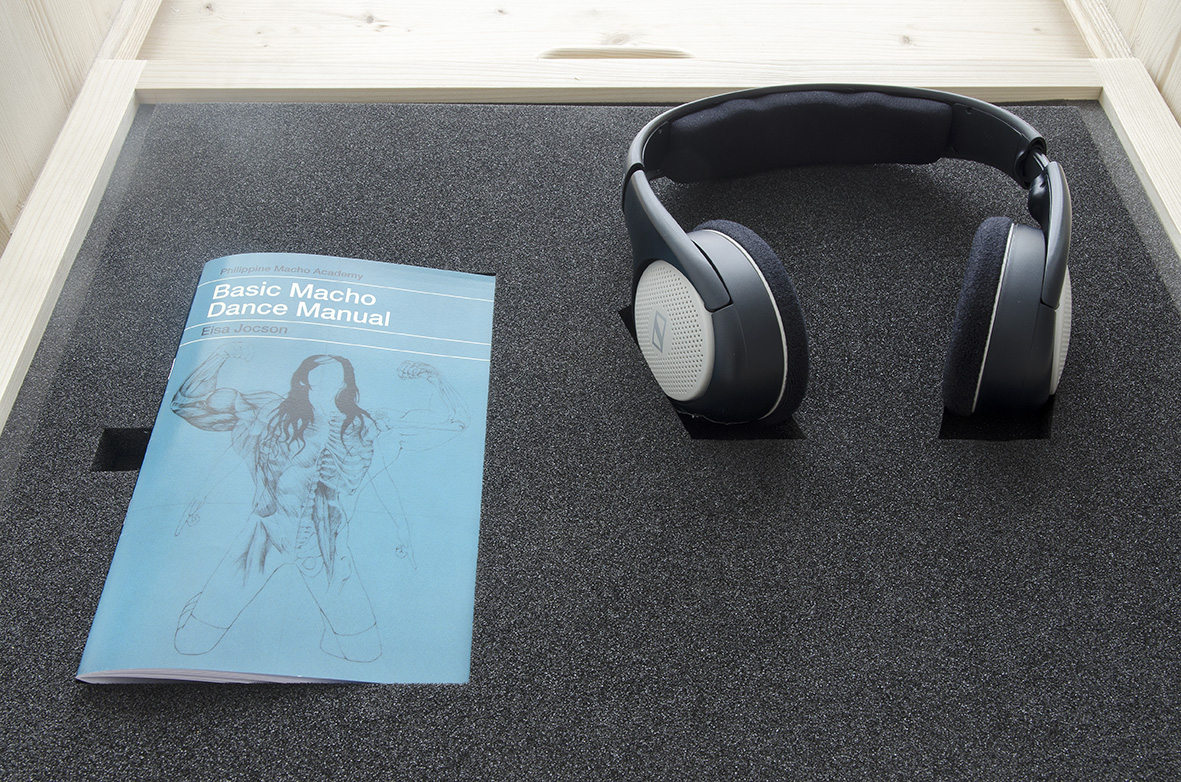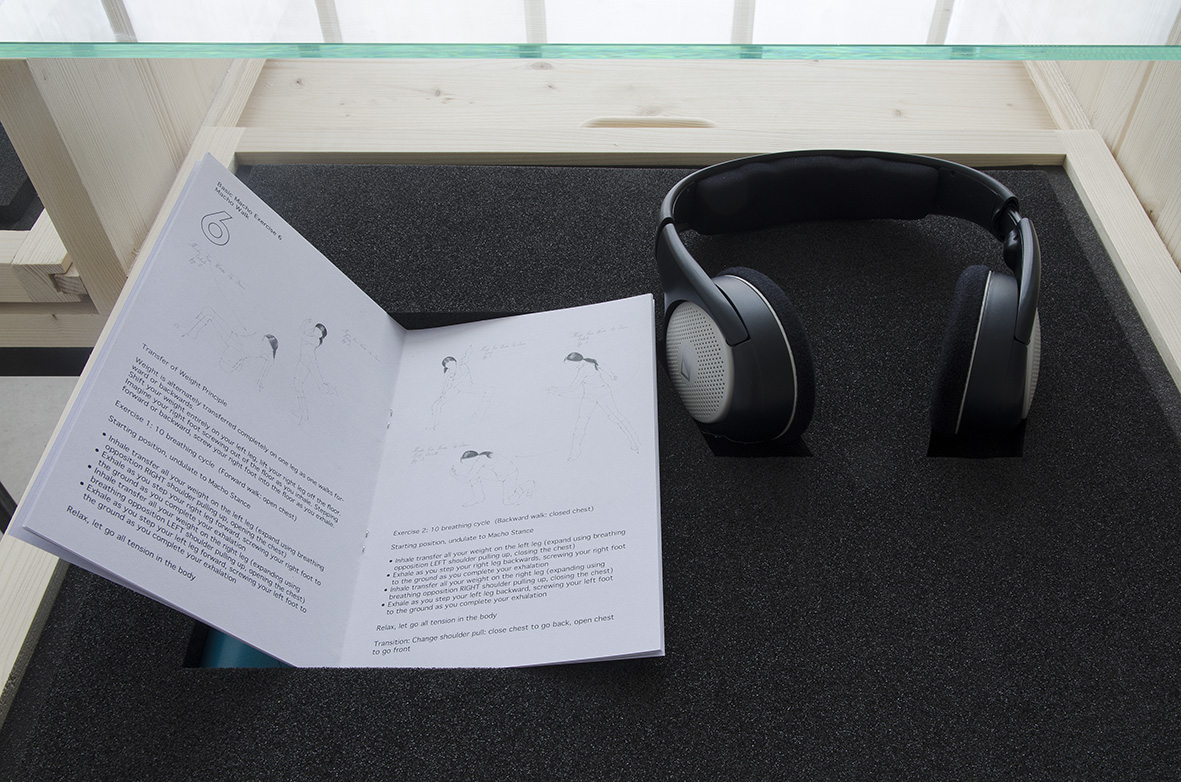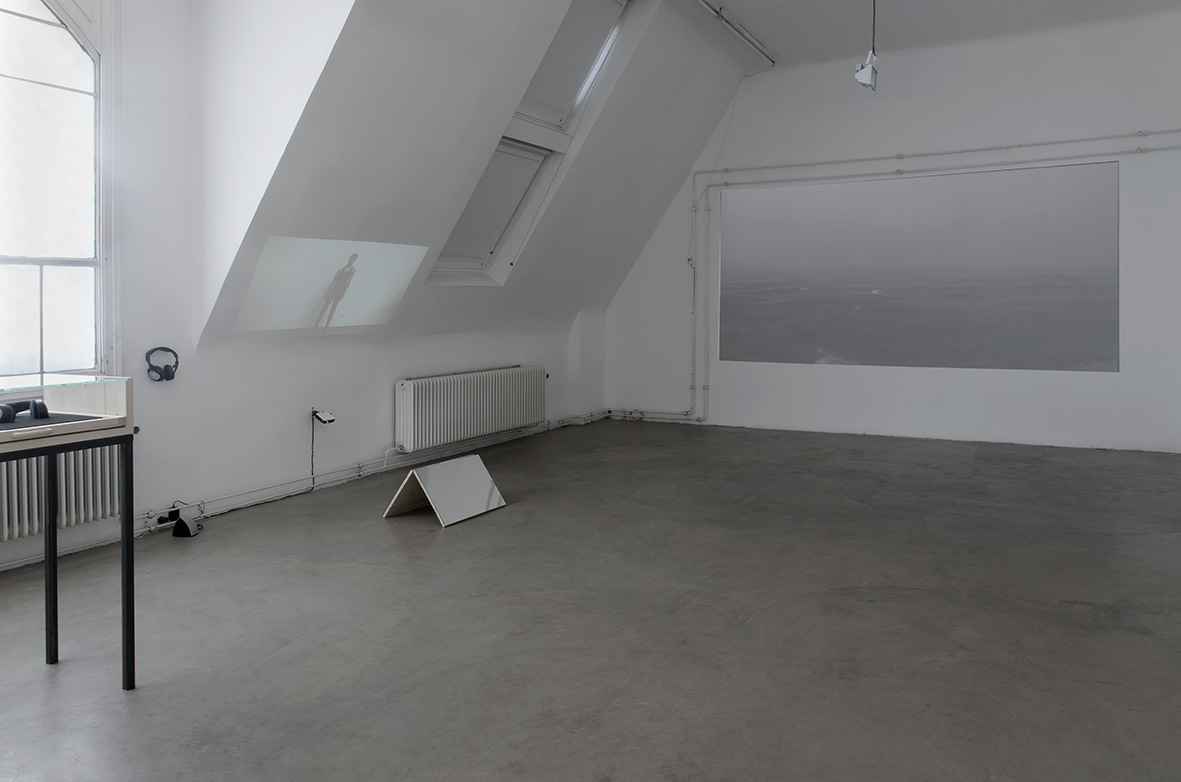Didto’s Amoa (Woher wir kommen)
In the cultural parlance of the Filipino diaspora, balikbayan literally means balik (“to return”) and bayan (“town”). Meant to describe Filipinos living permanently overseas who return to the Philippines now as tourists, the term balikbayan suggests not only a transformed sense of space (the hometown or city now traversed through the lens of a temporal tourism), but also a radically different sense of identity: one defined by transience instead of permanence, shaped by constant mobility instead of the stability conventionally associated with home.
What the term balikbayan, this temporary state of return, belies however, is the multiple forms this return can take. While one becomes balikbayan in the week, or weeks, or month that one is back home (a duration dependent on the constraints of what is permitted in the context of labor), one in many ways, returns to the country sporadically, intermittently, through one’s memory and imagination: every time one is asked “where are you from?”, every time one gathers with people who may or may not come from the same town one is from, but is perhaps near enough to get a sense of how things back home are doing. If the house is still fine, the roads still difficult to climb, if the people one considers one’s own are as one remembers them by. To return to the town, through storytelling, dream, to trace the many ways in which one attempts (or succeeds in) making such a return, and to embody the various ways in which this return can be made.
This sense of return is also shaped by the multiple forms diaspora takes. How different is the return of someone who has since called other cities, other countries home? For second or third generation immigrants, does the return to the home country of one’s parents or grandparents constitute the same kind of imaginative or emotive leap “back to the town”? Given the increased global mobility, does the sentimentality of this return still hold when compared to previous modes of longing? How do we return? Should we?
In Didto’s Amoa we invite diasporic artists to interrogate this state of imaginative and ideological gesture of return. We seek to gather artists who occupy this state of “faraway-ness” in its multiple forms. Through this exhibit, we seek to generate the kind of conversation that will be critical and imaginative in its examination of possibilities (and perhaps) impossibilities of this attempt to return. In this manner, we seek to extend our contemporary understanding of the diasporic condition—taking into account the various ways in which we define and question our notions of home, but also the many ways we respond to the need to define the places we call “home”, we consider our own—didto sa amoa, there where we’re from.
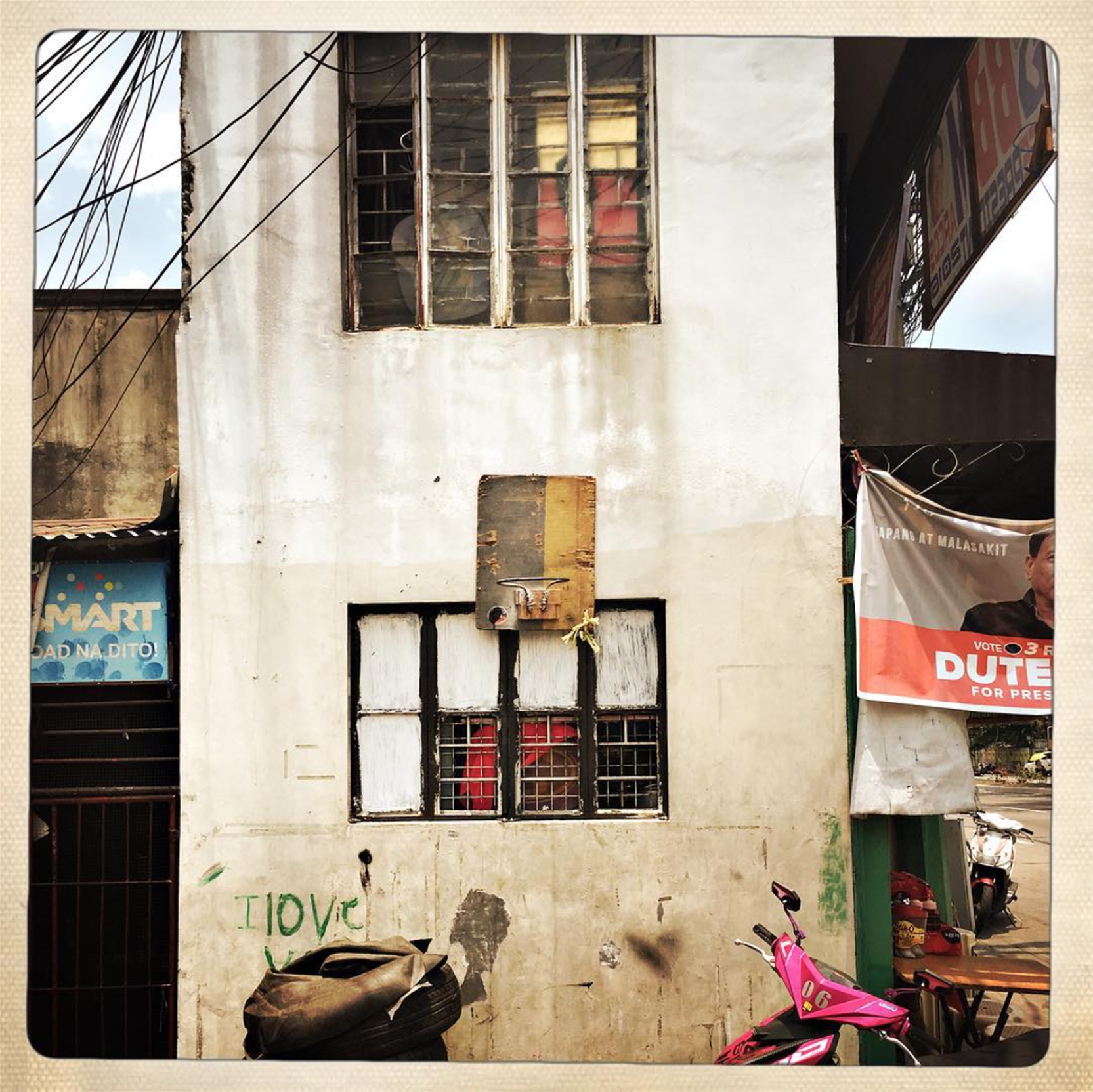
Jake Verzosa, Basketball Landscapes (Quezon City, Duterte Campaign Trail) 2016
Mobile Subjects, Hybrid Histories.
A Talk and Reading by Lawrence Lacambra Ypil
Thursday, June 9, 7pm
Poet and essayist Lawrence Lacambra Ypil will give a brief presentation of Recollect, his ongoing writing project on the 1904 St. Louis World’s Fair, where more than a thousand Filipinos were put on display as part of the Philippine exposition. He will share excerpts of his work, and talk about the role of hybrid forms in exploring cultural identity and the process of working with archival material as a form of cultural and creative collaboration.
Didto’s Amoa (Woher wir kommen) features works by Alyx Arumpac, Martha Atienza, Enzo Camacho & Amy Lien, Jean Pierre Cueto, Eisa Jocson, Trinka Lat and Jake Verzosa.
This exhibition is curated by Stephanie Misa, a visual artist from Cebu, who is currently living and working in Vienna, and Lawrence Lacambra Ypil, a poet and essayist from Cebu, who is currently the Writer-in-Residence at Yale-NUS College in Singapore.

